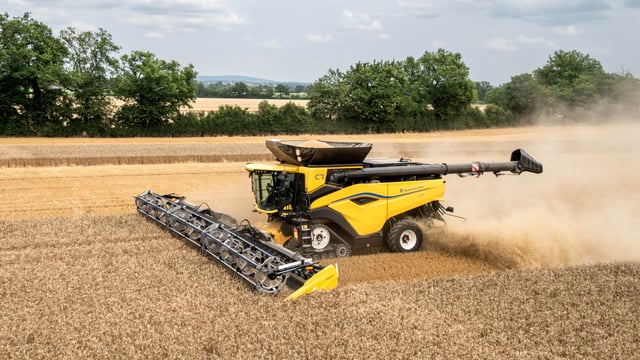NI firefighters rescue 8 cattle from Tyrone slurry pit
Firefighters in Northern Ireland were called to a farm in Co. Tyrone this week to rescue 8 cattle that had become stuck in a slurry pit.
The Northern Ireland Fire and Rescue Service (NIFRS) said that it received a call reporting the incident at 7:53a.m yesterday (Tuesday, November 18).
The incident occurred on a property on the Aughagranna Road, Stewartstown, Dungannon.
Firefighters were called to reports of eight cattle - cows and calves - that were stuck in a slurry pit at that location.
Firefighting appliances from Cookstown and Dungannon fire stations attended the incident, as well as an animal rescue team from Newcastle Fire Station and two specialist rescue teams.
Firefighters used specialist animal rescue equipment to resuce the cows and calves, and emergency personnel left the scene at 11:22a.m, the NIFRS said.
Advice for farmers
Separately, a Co. Monaghan farmer, meanwhile, has advised others to check their agitation points, after an incident led to two cows falling into a slurry pit.
“This happened at the mixing point,” Julie Mullarkey said, who runs the dairy farm with her father, Seamus McNally.
“It has a galvanised lid, which gave way. It happened around 8:30p.m on Halloween according to the data from the cow collars. It wasn’t until the next morning that we discovered the lid was gone," she added.
"It looks like a corner of the lid gave way when an animal stood on it. The lid flipped off into the tank, and two cows fell in.
"The next morning, once we discovered the lid was open, we didn’t know how many cows were in it or if any were alive. I started milking, and because the tank was three-quarters full, my father started pumping the slurry into the far shed," Mullarkey said.
“Once we got the slurry down enough, we were able to see two cows standing, looking back at us," she added. "It was such a relief to see they were still alive."
“It was very unfortunate because this is a mixing point we’d use a lot,” Mullarkey added. “We actually had it repaired about a year-and-a-half ago.
“If every farmer checked agitation points for rot, they’d be glad they did so," she said.





